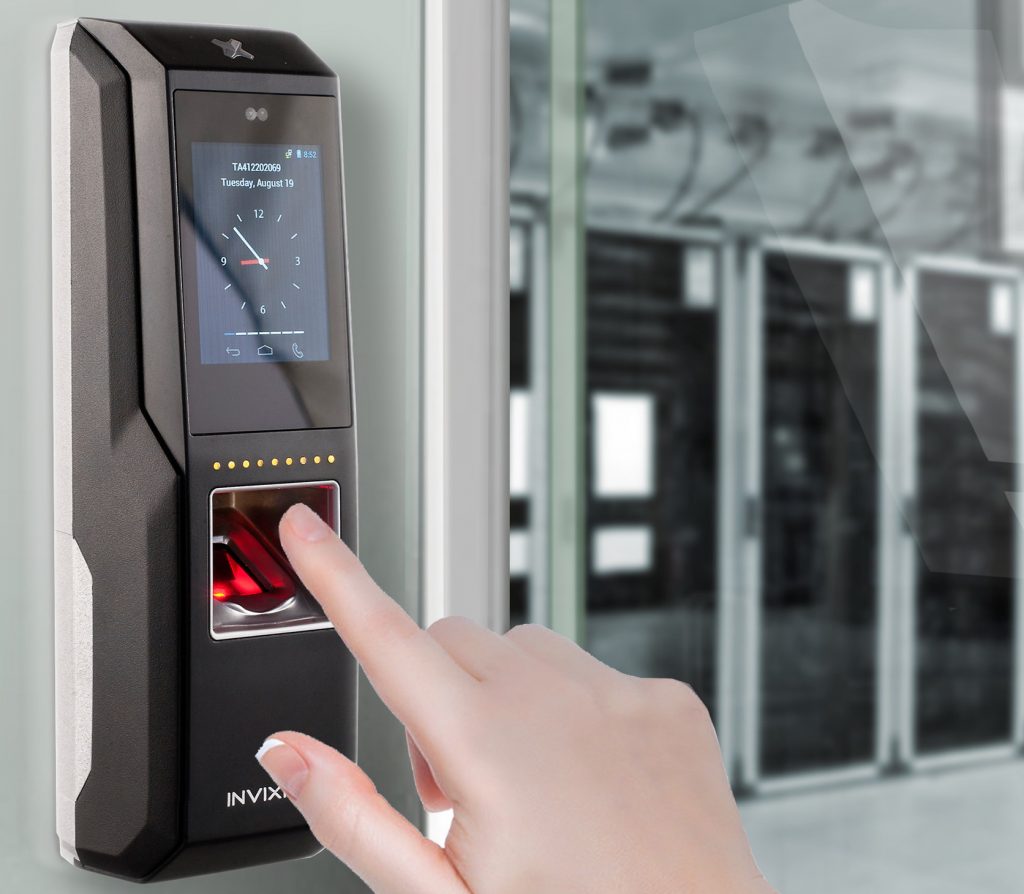
How does a fingerprint clocking in machine work?
Biometric time and attendance has gained popularity over the last decade or so, with many organisations opting for fingerprint clocking machines to track employees clocking data. Unlike key fobs or cards which can be lost or forgotten, fingerprints cannot be transferred and offers many advantages over conventional methods.
When you enrol an employee, the scanner takes a digital image of the fingerprint and with the use of a very sophisticated piece of software, it identifies where fingerprints intersect and end and proceeds to create a map of these points, which we refer to as a biometric template. Once the template is created the image is then discarded, eliminating any risk of sensitive information being stored.
Additionally, the template itself cannot be reversed or engineered to recreate the physical and biological images that were captured in the first place. In order to clock in and out with a fingerprint clocking machine, the user simply places the fingerprint on the scanner, if the fingerprint matches the biometric template that is stored, then the transaction is accepted, otherwise it will be rejected, in which case you may need to have your fingerprint scan redone to be accepted.
The Computime IP enabled fingerprint clocking in machine can dramatically improve your ability to collect reliable clocking data, as it rules out the possibility of buddy punching, it is the fastest commercial based fingerprint matching algorithm and high image quality infrared detection fingerprint sensor.
So, now you know how our Computime IP enabled fingerprint clocking in machine works, so if you are interested in having a better way to be able to collect your clocking in data, then make sure that you get in touch with Computime today at 0113 868 0124 or alternatively if you wish to have further information on this system, visit our website.